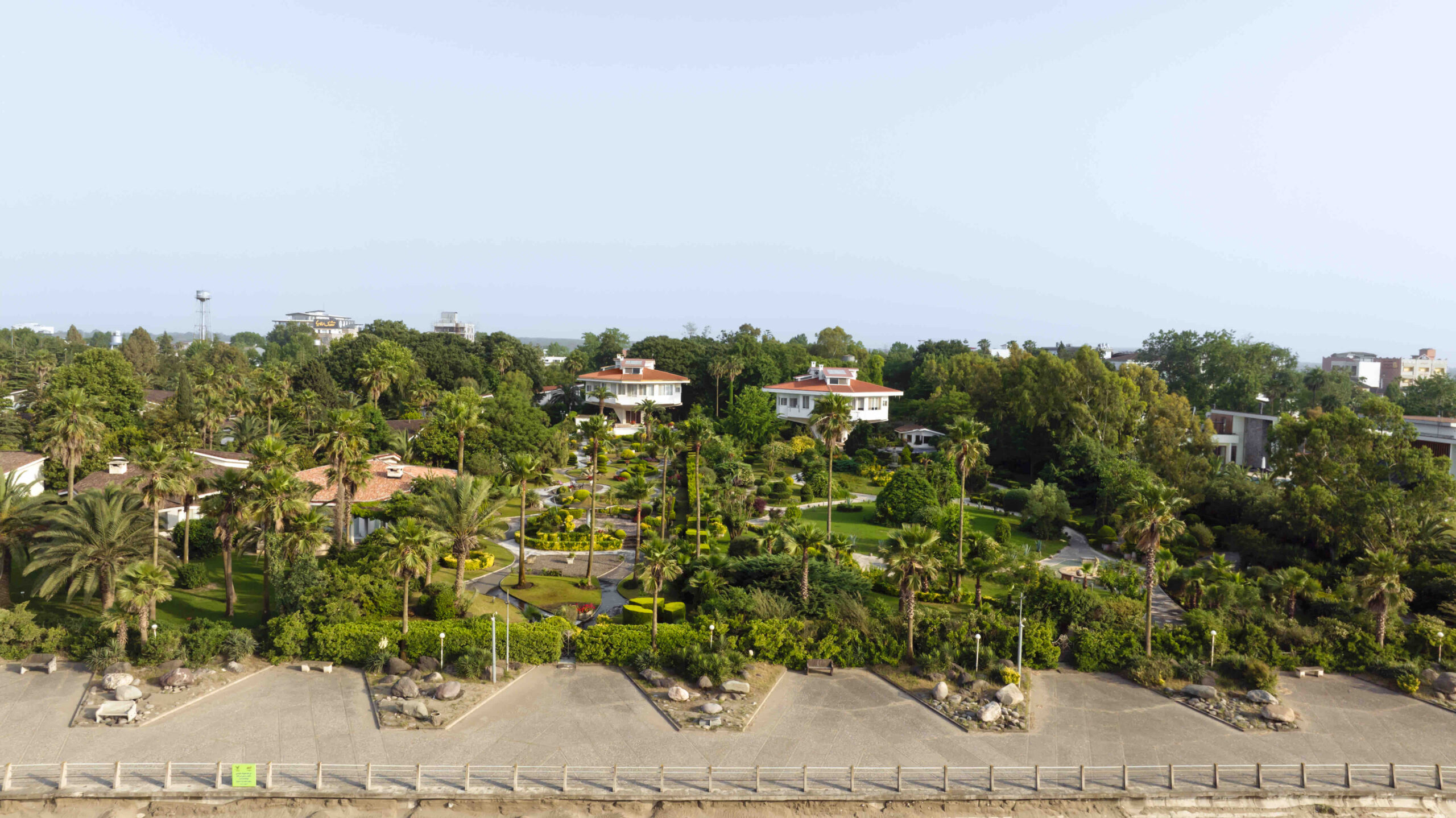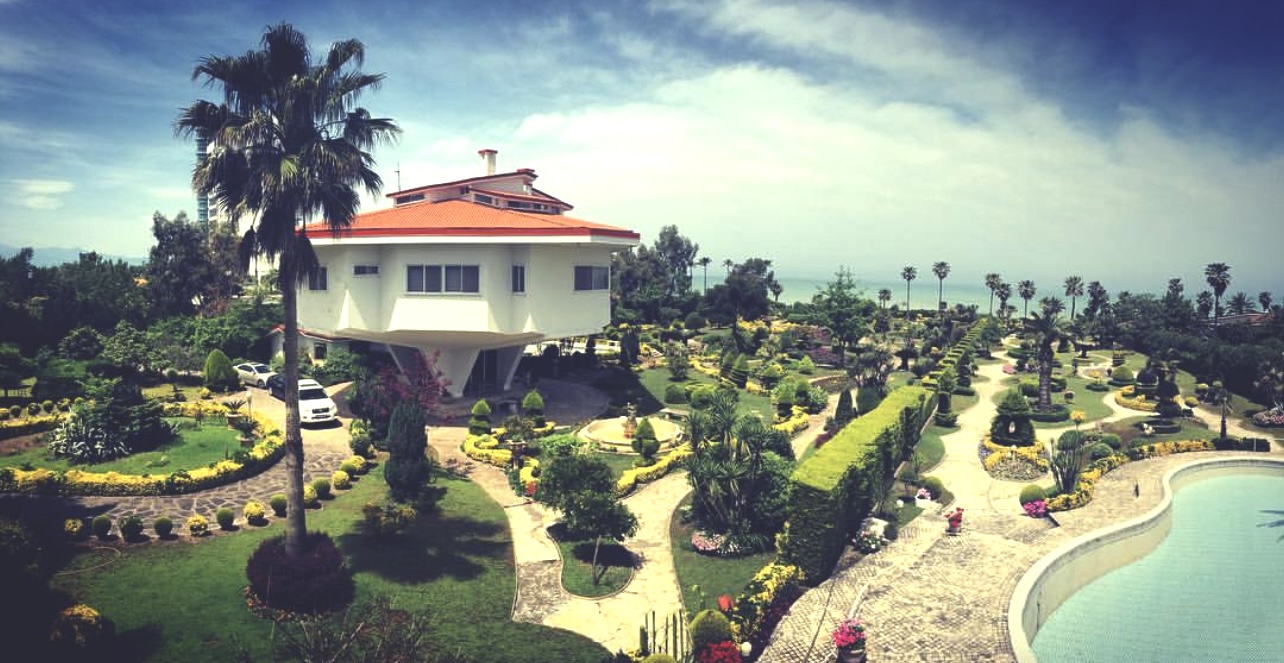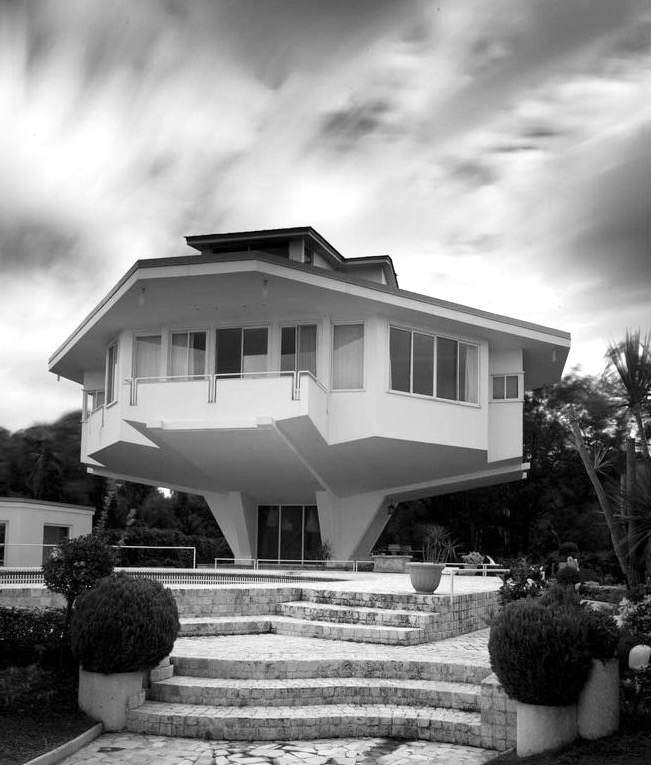Nestled within the lush landscape of Mazandaran, Iran, the twin villas designed by Omid Gholampour stand as a testament to architectural innovation and personal connection. Crafted for his good friend, Mr. Mehdi Reyhani, and another distinguished owner, these residences echo the natural serenity and breathtaking beauty of their surroundings.
Inspired by the majestic form of a tree, Gholampour has ingeniously translated this concept into architectural reality, allowing the structure to harmonize seamlessly with the environment. This design philosophy ensures that the villas not only pay homage to nature but also become a part of it. The tree-like structure branches out to support various functional spaces of the villa, suggesting the symbiotic relationship between human habitation and the natural world.
Each villa is masterfully positioned to afford a 360-degree view of the Caspian Sea on one side and the rolling mountains on the other. This panoramic experience immerses the inhabitants in a continuously evolving canvas of sea, sky, and land, blurring the boundaries between indoor and outdoor spaces. Expansive windows and strategically placed terraces maximize these views, ensuring that every moment within the villas is accompanied by the breathtaking natural beauty of Mazandaran.
The use of natural materials and textures further cements the villas’ connection to their environment, with wooden elements and green roofs integrating the buildings into the landscape. This choice of materials not only enhances the aesthetic appeal of the structures but also promotes sustainability and eco-friendliness.
The twin villas also feature state-of-the-art amenities designed to foster comfort and luxury. Sophisticated yet unobtrusive, these modern features blend seamlessly with the overall design, providing a living experience that is both technologically advanced and intimately connected to nature.
In essence, Omid Gholampour’s design for these twin villas in Mazandaran is a remarkable blend of architectural innovation, environmental sensitivity, and personal connection. It stands as a beacon of how contemporary architecture can coexist with and enhance the natural environment, providing a sanctuary that is both visually stunning and deeply rooted in the landscape.


















